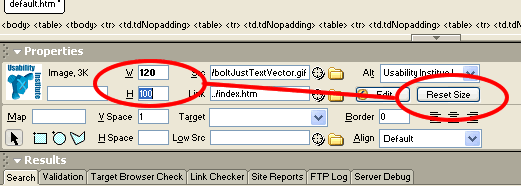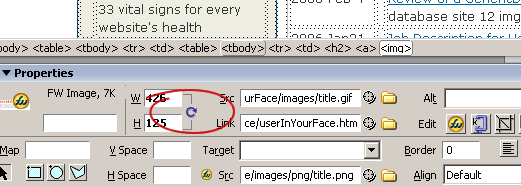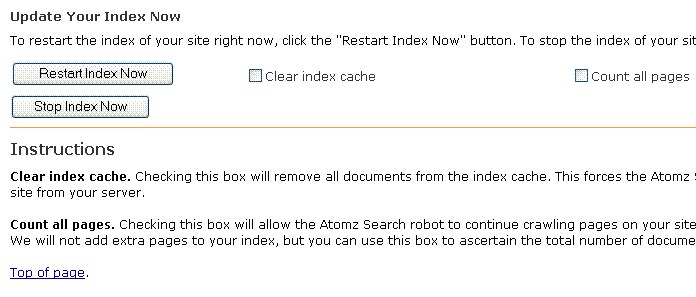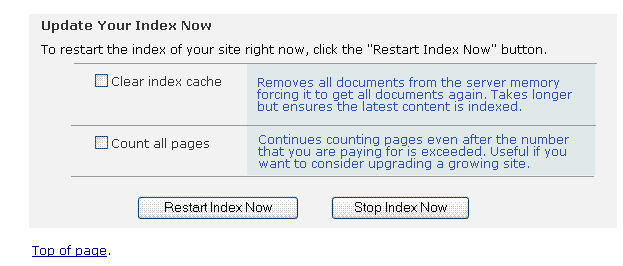|
|

Bellis's Law of Control Proximity
Or, "The Light Switch Rule" January
24, 2005 |
 |
Since moving to a new home a few years ago,
I've been busy moving light switches around, so they're on
the wall closest to the light they control. That's not too
sophisticated, right? Well, I've noticed that the same applies
to software controls, even text... put them immediately beside
the item they control or refer to.
In my new home I've spent a lot of time fixing light switches.
First there was the mystery of several switches with broken
knobs. What's that all about? It was too much of a coincidence.
Turns
out—and the electricians out there will find this all too familiar—one
of the prior homeowners must have replaced 3-way switches himself
and didn't know how to wire them. So when they failed to function
properly, rather than correct the wiring, they simply set one
of the two switches to a workable position and broke the handle
off!
And then there was the peculiar self-activating rear floodlights.
Sometimes I would find that the rear floodlights were on. I'd
turn the switch (in the mudroom) off and a few days later they
were on again. Well, it turns out that one of the broken-off
switch
handles
was in the master bedroom, at the front (not the rear) of the
house. And that broken switch would occasionally get toggled,
accidentally, when we were turning on our bedroom lights with
the adjacent switch. Since we never know what it actuated,
it took a long time to
realize
it was
a 3-way
switch
with the
one in
the mudroom, controlling the rear floods! Apparently it was
considered helpful to be able to turn off the rear floods from
the master bedroom?! Well, with all of the mysteries solved,
I then set to work correcting all of the poor positioning of
the switches, because you constantly have to ask yourself,
what does this switch do? Here were the problems:
- The switch to the driveway floodlights is
in the foyer, not the room nearest the driveway, the garage.
- The switch to the garage light isn't in the garage, but
the next room in, the mudroom.
- The switch to the driveway motion sensor light isn't in
the garage, but in the mudroom.
- The switch to the basement lights is not at the foot of
the stairs but in one of the rooms.
And what does all this have to do with software? I realized
amid all this work that it's the same principle with interface
controls: put them precisely at the item they control. I
have two examples, DreamWeaver and Atomz.
The Reset Image Size Button in Dreamweaver
Before In the following figure from DW4,
the Reset Size button controls the W and H fields, setting
them both to the original
100% size of the image.

After The Macromedia folks realized
it should be right at the fields it affects and changed
it to an image button
in
the next version: 
The Atomz Options Blurbs
Before Notice the two check box options.
What do they mean?

After In my own suggestion
for an improvement, the text is right with each field.
Not my best UI work, but you get the point:

Quiz
Try this quiz. How would you fix this
dialog?
I haven't come across this principle, control proximity,
out there in the literature or heuristics much. Does
someone
else get the credit? Let me know so I can credit the
proper source. —www.jackbellis.com
|